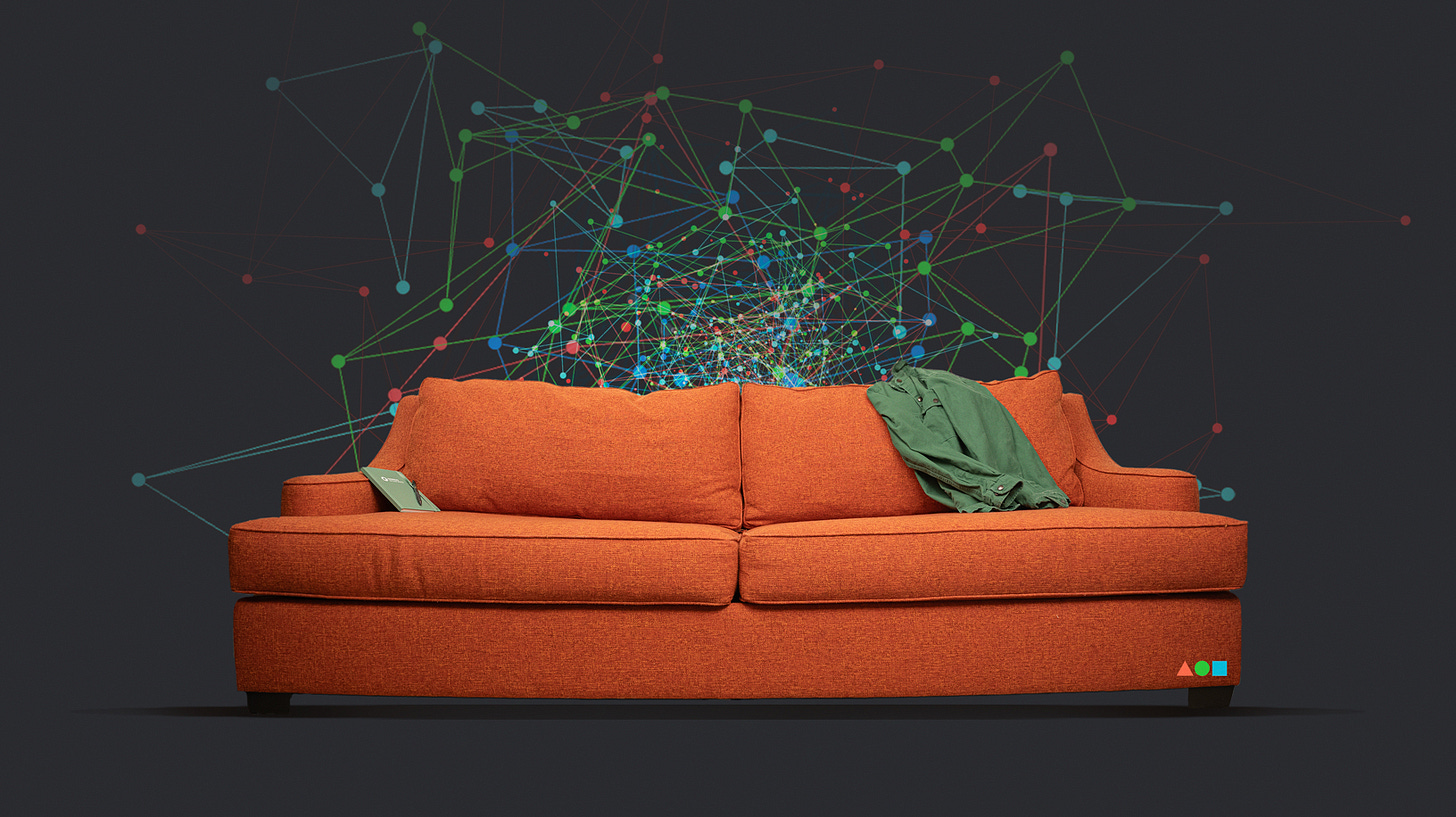Foundry Practice
Welcome to the Foundry Theory series finale! What have we learned from a year studying the people and technologies at Ginkgo that make biology easier to engineer?
Transcript
At Ginkgo Bioworks, our mission is to make biology easier to engineer. My little piece of that is about making biology easier to understand. This video series tried to answer 3 questions.
1) What can you build with biology in 2025?
2) How can the Ginkgo foundry help you build it?
3) Where is synthetic biology heading next?
We didn't find all the answers, but I think these are the right questions at the right time. Biotech really moved this year even more than I was expecting.
I think this era in synthetic biology will be remembered as the moment when major advances in the foundational tech intersected with the growing space for new products. If you're watching this, you live right between these two macro-trends.
On the technology side we saw AI for protein design win the Nobel Prize basically right after it became widely available. New therapeutic modalities are in the clinic: RNA vaccines, gene therapy, cell therapy. These medicines are fundamentally written in DNA. Their success proves that our ability to write DNA is mature enough to solve the hardest problems in biotech. And the technologies for DNA synthesis, sequencing and design keep getting better every year.
On the product side this is the year I bought a glowing petunia for my bookshelf and a GMO tomato for my garden. I have an RNA vaccine in my arm. I've tasted GMO cocktail mixers and plant-based meats and worn spider silk neckties. We've got biology in our cleaning products and in our hair care routines.
Biotech is delivering on things that we always knew it could do. Not just theoretically. We know what biology is capable of because nature is out there doing a million incredible things every day. There isn't just one possible RNA therapeutic, there isn't just one possible engineered flower. It's the nature of biology that the unity of DNA translates into the diversity of design possibilities. When we get better at DNA, we get better at lots of bioproducts all at once.
If you asked me, or another synthetic biologist, 10 years ago, where do you hope the field will go? This is what we dreamed of. This is the synbio Cambrian explosion. It's happening. We made it.
So then why does it still feel so hard?
If you ask the people out there doing the work to develop new biological products, I can tell you they don't feel like they're riding a wave of inevitable progress. Those products are hard to make. It takes years of work and R&D budgets in the millions or even billions of dollars to build something with biology. It takes the smartest people I've known working at the absolute limits of their capability. It's a heroic struggle. But what would it take to make it less of a struggle?
I believe that the pain point is in between the technology and the products. There's a translational layer, there's a connective tissue that wants to live in between the fundamental enabling technologies and the product development. This is what we're building at Ginkgo and why I think it is the most interesting place in biotech today.
Biotech is hard because we do too much of it by hand. The Ginkgo foundry is a place to collect the latest advances in lab automation and make them accessible as a service.
Biotech is hard because every developer has to be full stack. The Ginkgo foundry lets companies who want to build products focus on their products, without also needing to be experts in DNA assembly and liquid handling.
Biotech is hard because every R&D project is an isolated effort. Startups go out and build these incredible teams and facilities, only to dissolve them when the project ends. The Ginkgo foundry is a place where that institutional knowledge for engineering biology can keep getting better with experience.
You could call it foundry practice. I came into this video series with my theories about what it means to do synbio with flexibility and scale. Most of those theories have evolved in the light of watching Ginkgo execute real programs for real customers.
The work happening inside Ginkgo is unique. We're not trying to build all the products, our customers do that. And we're not trying to invent all the enabling technologies either: The AI models, the lab robotics, the genetic tools, the DNA sequencers.
What we are trying to do is make the greatest number of tools accessible to the developers who need them. That means we need to understand both sides, the underlying technologies and the products, for almost everything biology touches.
It's hard work being done by smart people. I've been lucky to spend the last year watching them build this foundry and to learn from them. I hope I've been able to put some of what I've learned into these videos.
Foundry Theory is over but biology never ends. All of us who build with biology are going to keep getting better with practice and keep making biology easier to engineer.






